Menu

THE BLACKSMITH
RYUSEN HAMONO
- Choosing a selection results in a full page refresh.






















Usually ready in 1 hour
| Blade Length | 165 mm |
| Total Length | 310 mm |
| Steel | VG-10W Stainless |
| Handle | Blue Resin |
| Ferrule | Welded Steel |
| Rockwell | 62 |
| Height Spine to heel | 47 mm |
| Width at Spine | 2 mm |
| Weight | 218 grams |
| Bevel | Double (50/50) |
~ Something beyond the sharpness, It's a beauty wrapped in a sense of elation.
A beautiful hammered blade with a glossy finish polished by the hands of the craftsmen.
The glossy handle with a scale pattern is inspired by the legendary four divine beast "Seiryu - Blue Dragon" that brings success, career advancement, and financial fortune.
This is the birth of the "Souryurin" series, which is filled with the details of RYUSEN JAPAN's pursuit of "sharpness" and "beauty".
A new material "VG10W" is used for the cutting edge. Durability and sharpness have been improved by adding tungsten (W) to high-grade cutlery steel VG10.
The uneven hammered blade creates a layer of air between the blade and the food material, resulting in a better separation. In addition, the sharp tipped blade is suitable for detail work as the tip of the blade enters smoothly.
The handle with the scale pattern, which is the biggest feature of Souryu scale, is a resin handle with a special blend based on polyurethane. RYUSEN JAPAN's characteristic "Re:Born handle" is well-balanced and fits well in the hand, and the material with excellent water resistance is smooth and comfortable to hold. The spacers on the top and bottom of the handle serve to adjust the weight balance and also presents a design accent that enhances the sense of luxury. To deliver an attractive dish that awaits beyond sharpness. Please enjoy the "Soryurin" series, which aims to achieve even higher levels of beauty and functionality.
The Nakiri is designed for vegetable chopping and more specifically for an up and down chopping motion. The tall blade provides a great amount of travel for the user's guide fingers, the flat profile means no stuck together pieces when using that up and down motion and the flat spine can be used to scrape things across your cutting board without damaging the edge.
Follow these care recommendations for your Japanese knives to protect the edge and keep them sharp as long as possible:
All products are shipped within 24 hours. We offer same day shipping for products ordered by 12pm. Please allow 4-7 business days for your shipment to arrive with standard shipping. Expedited shipping options are also available at checkout.
We offer free shipping on orders within Canada over $150 CAD and free shipping on orders to the US over $200 USD.
Curbside pick-up is available at both our Hamilton and Etobicoke locations.
To make sure our customers are always satisfied, we offer full refunds on products for 14 days after receiving them. See our full return policy for details.
More questions? Check out our shipping policy, our return policy, or reach out to us directly.
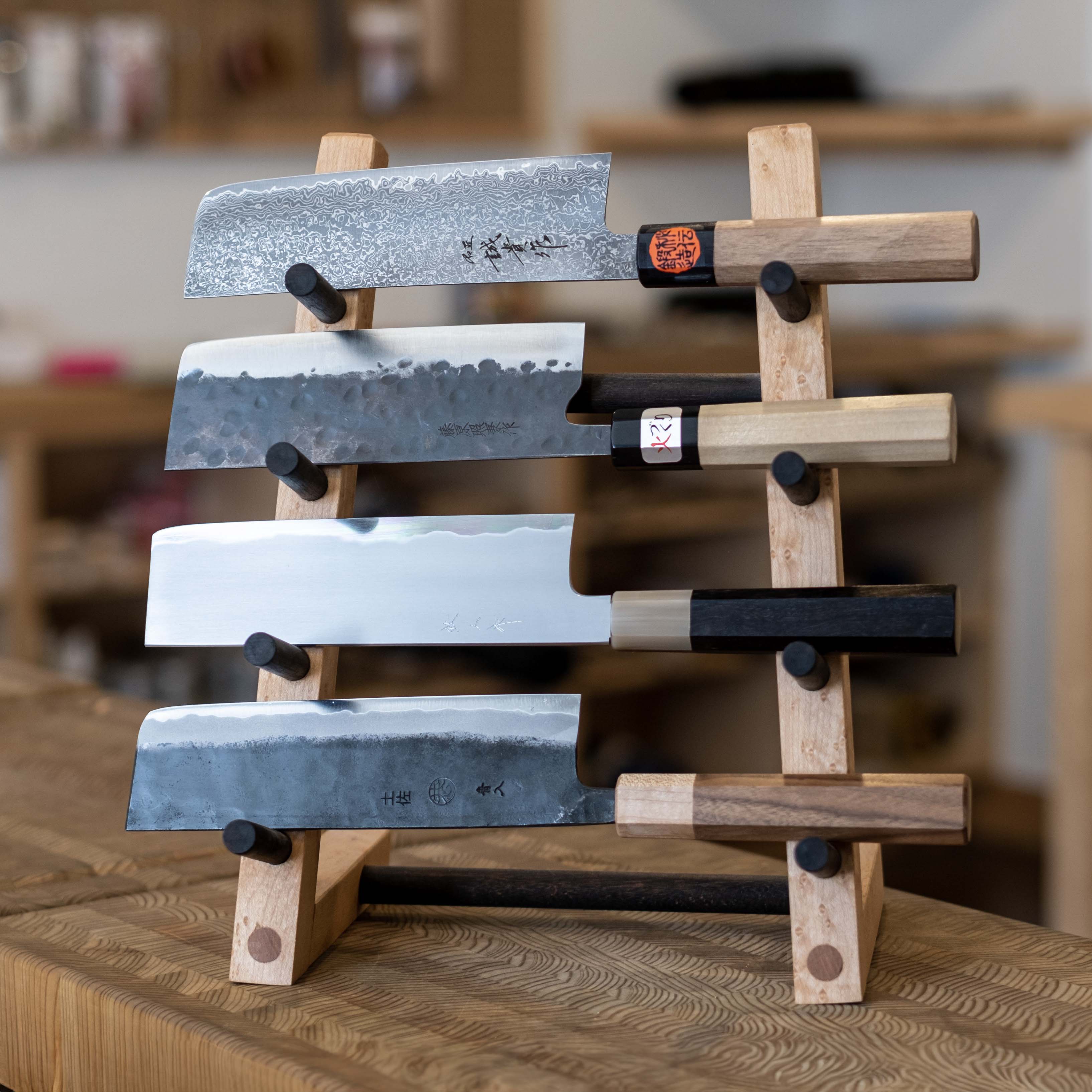
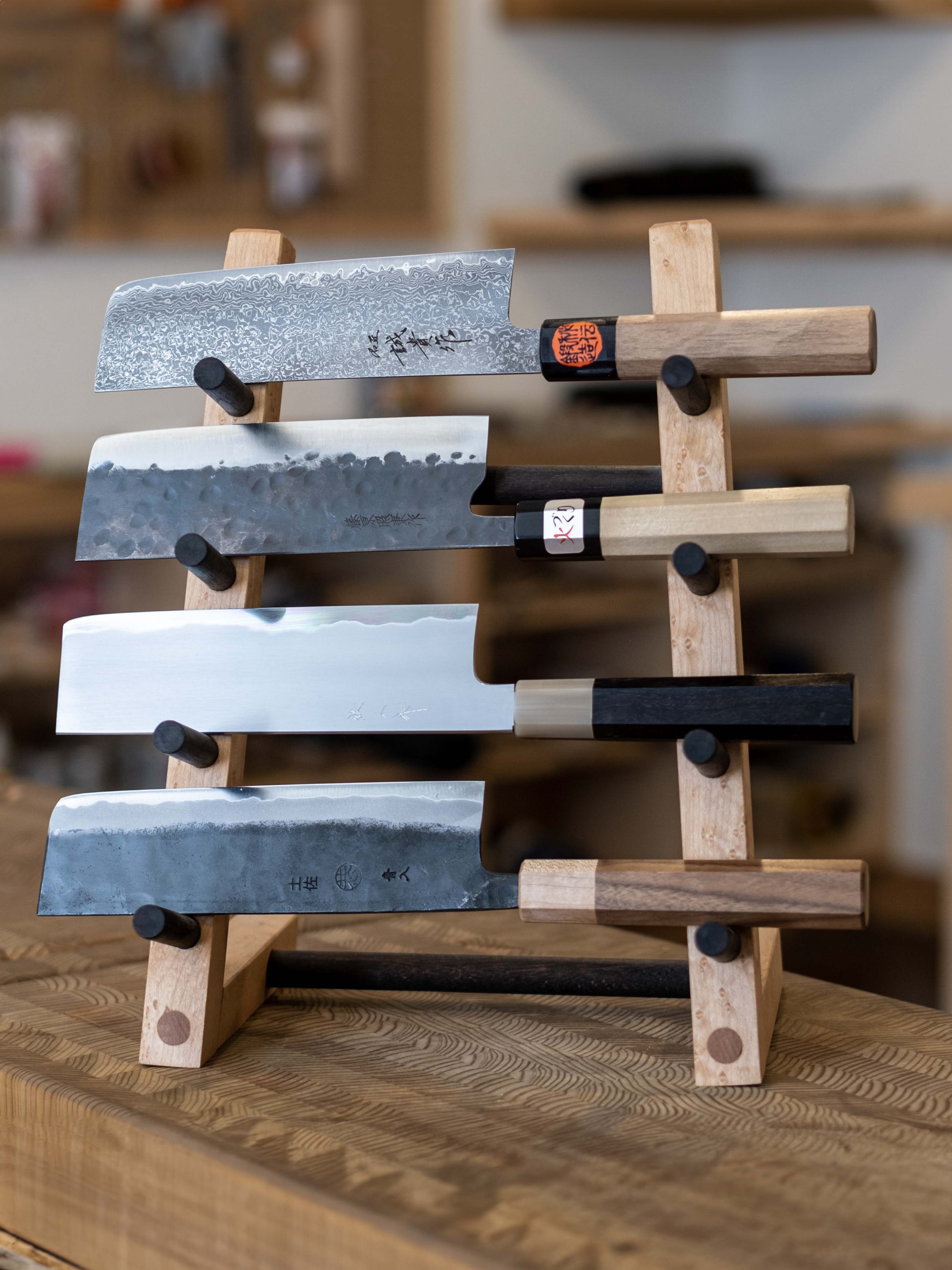
The Nakiri is designed for vegetable chopping. It has a flat profile (less curved blade) that helps the knife make consistent contact with the cutting board when using an up and down chopping motion, helping to avoid pesky accordions of stuck together ingredients. Any well rounded kit should contain a Nakiri, but if this is your first knife you might consider a Gyuto, Santoku or Bunka, as their pointed tips makes them more versatile.
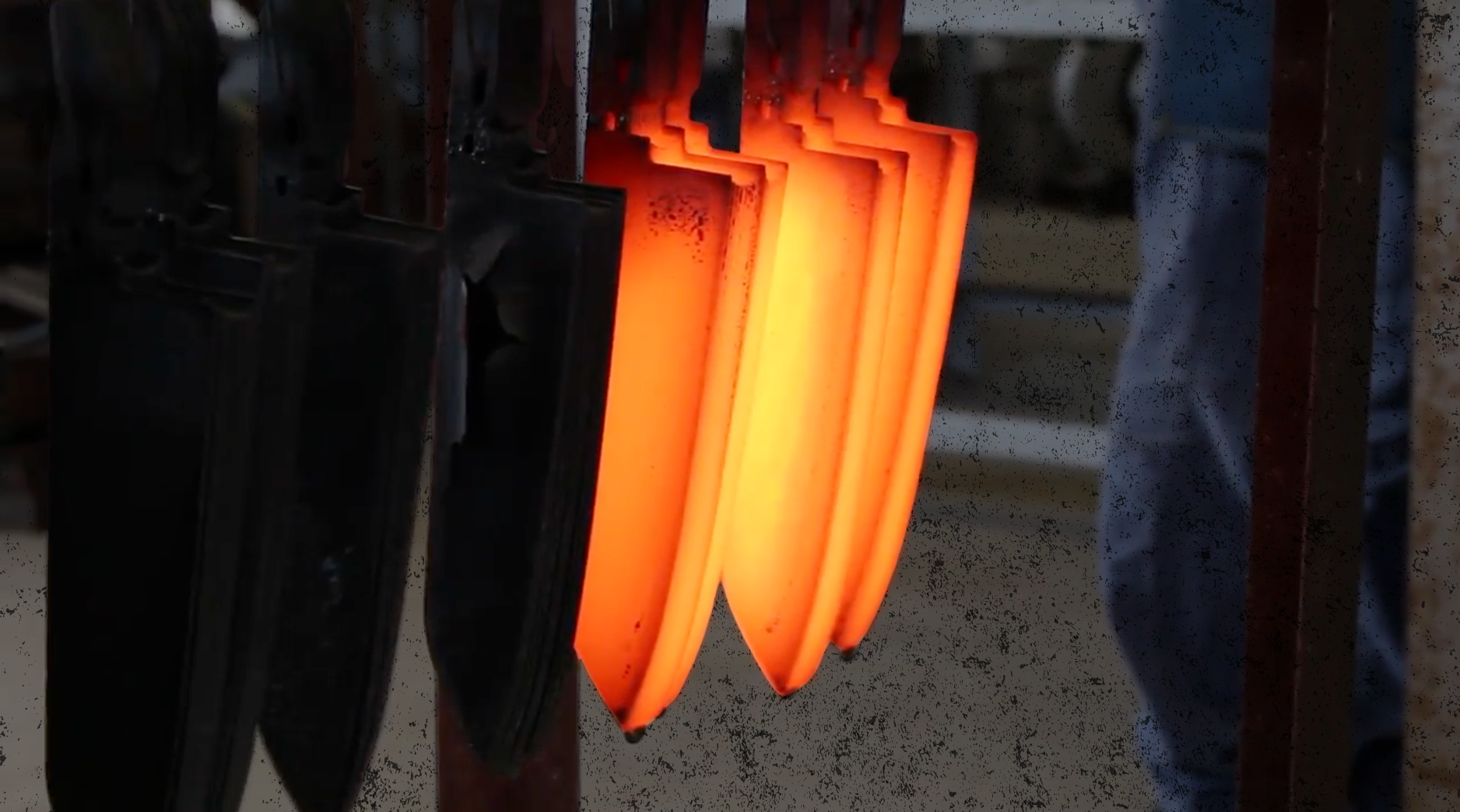
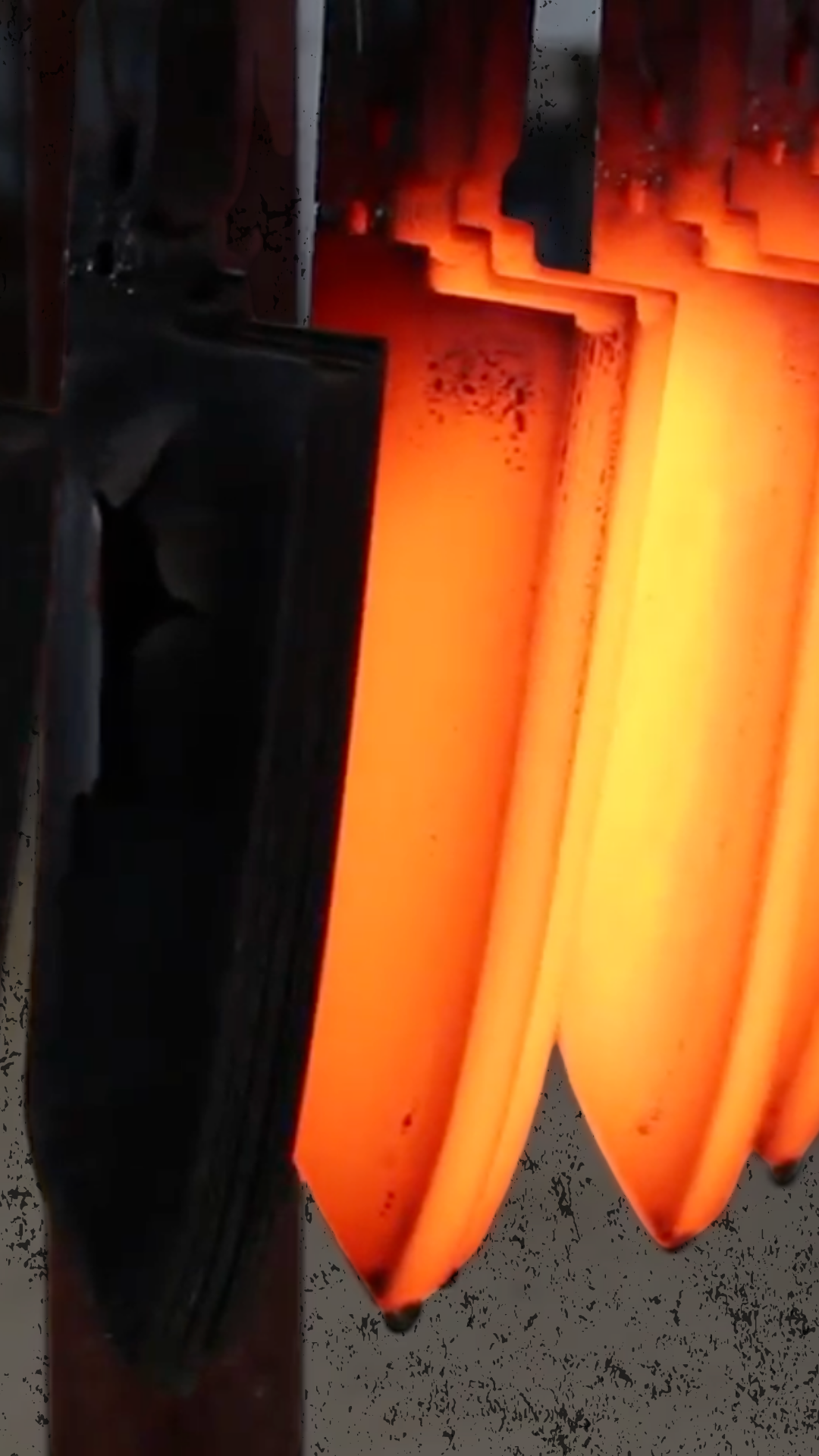
VG10W is made by adding tungsten (W) to VG10 to further enhance the excellent properties of the original. Tungsten precipitates and disperses hard, fine carbides, improving wear resistance, making it easier to sharpen, and making it harder. Compared to VG10, VG10W has 20% higher durability/strength and 25% higher cutting performance while maintaining the same corrosion resistance. This high-specification steel is at the forefront of the next generation of the cutlery industry.
Chemical Composition:
C 1.0% | Cr 15.0% | Mo 1.0% | V 0.25% | W 0.4% | Co 1.55%
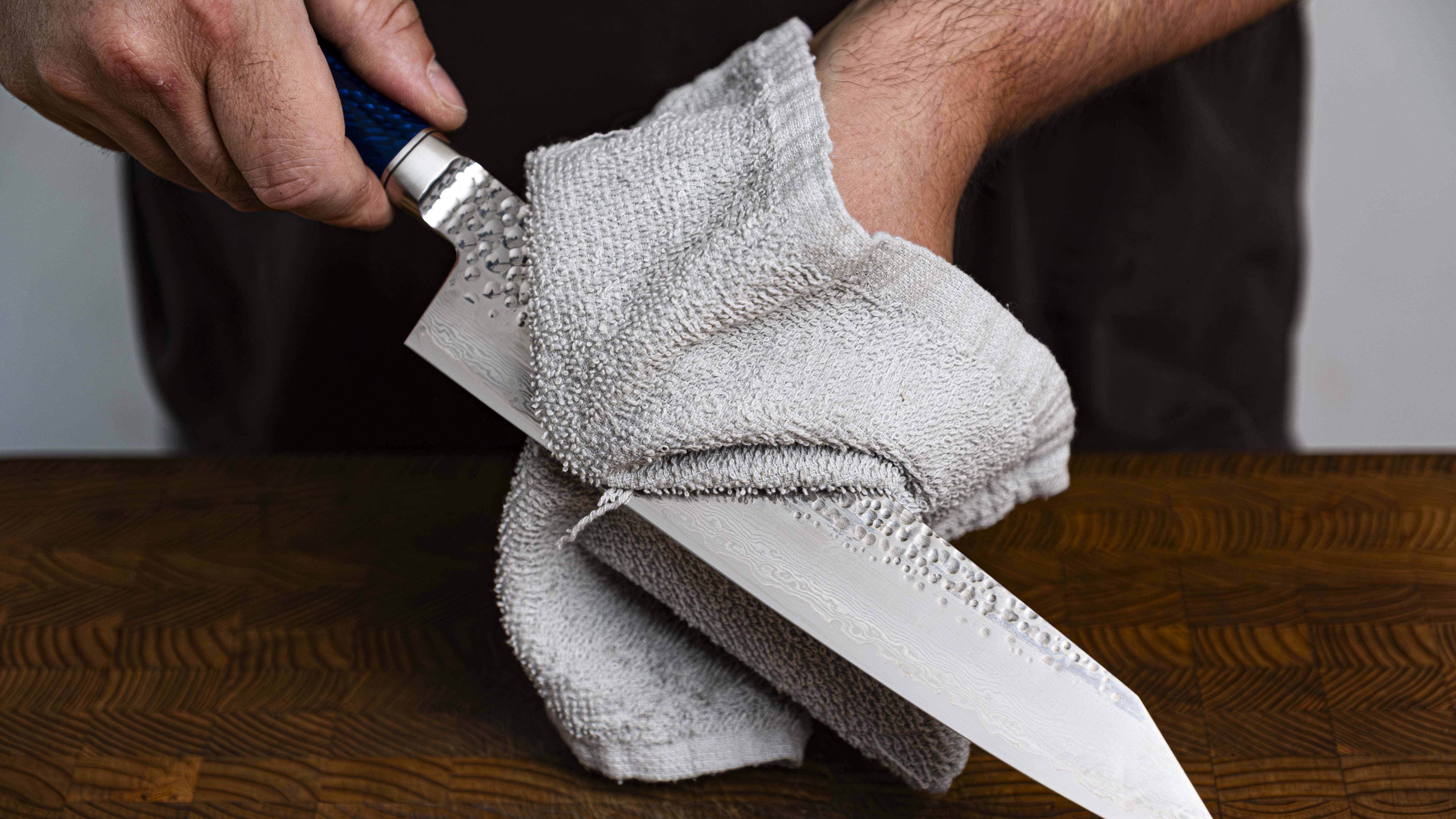
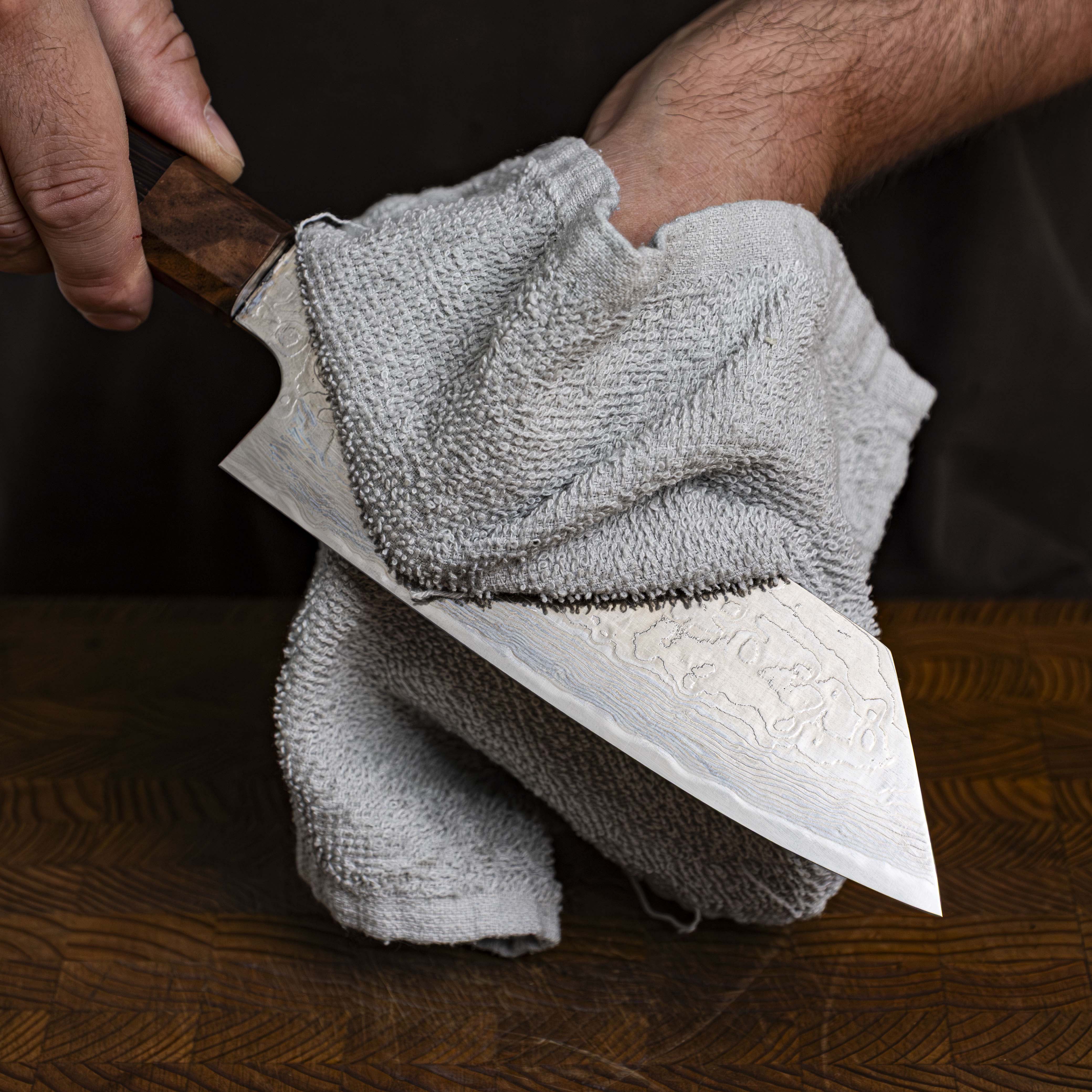
LOW MAINTENANCE
Stainless steel Japanese knives are made in a process called “Sanmai” or “Forge welding” where two softer layers of stainless steel are laminated around a harder core layer of stainless steel. All three of these layers are rust resistant and therefore are not susceptible to rust or discoloration. The softer outer layers of steel are used to make the knife more durable and flexible while the harder core layer is used to provide better edge retention to the blade.

Ryusen Hamono is a maker of the renowned Takefu Knife Village in Echizen City, Fukui Prefecture, Japan. They fully embrace the tradition of the region and take great pride in every step of the knife making process. They produce knives with both modern and traditional techniques, creating excellent finishes that are beautiful and comfortable to hold. Each blade is hand sharpened to be impeccable straight out of the box. Winners of numerous design awards and supporters of the Japanese national team at the Bocuse D'or, their knives are popular with professional chefs and home cooks alike.
